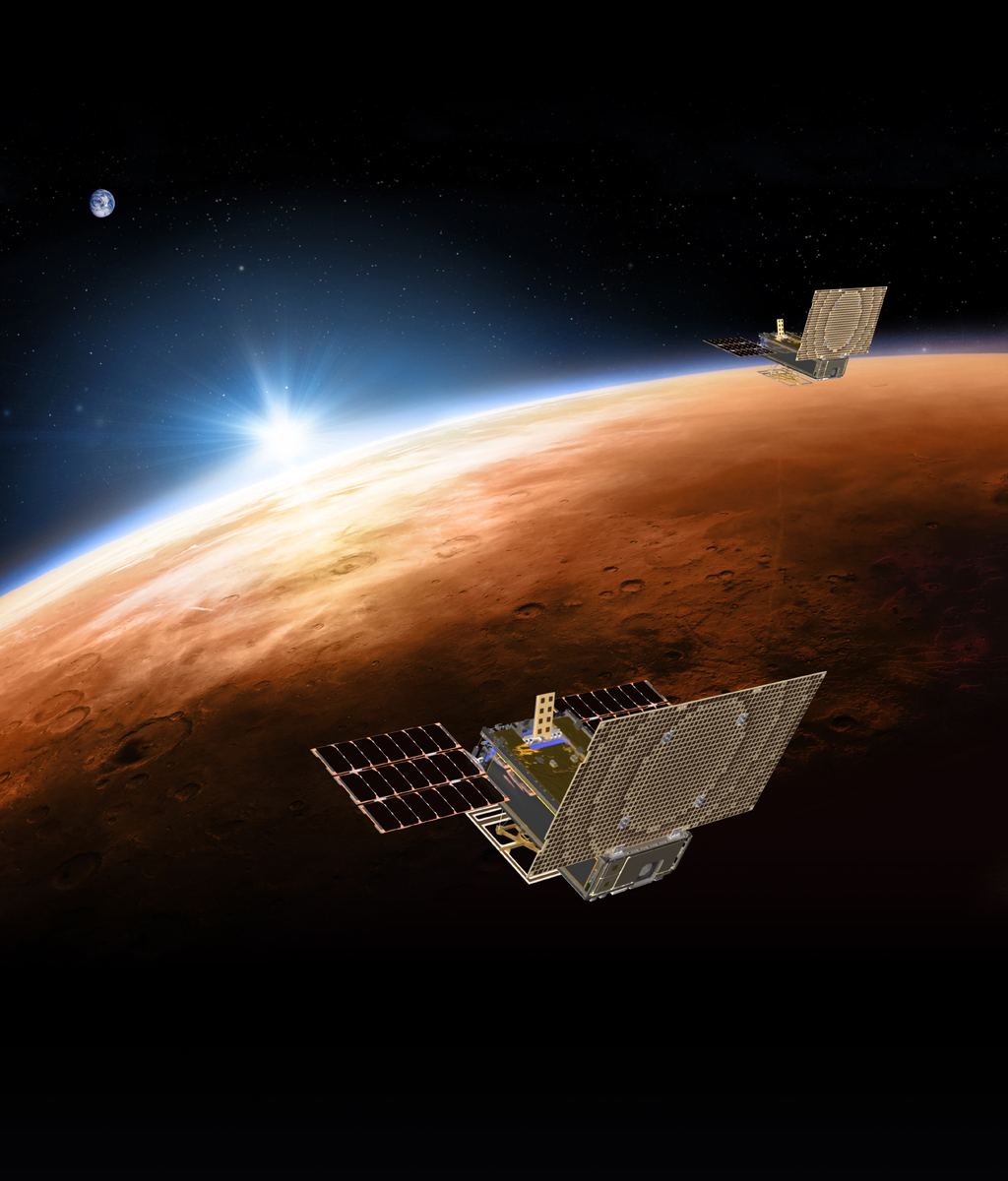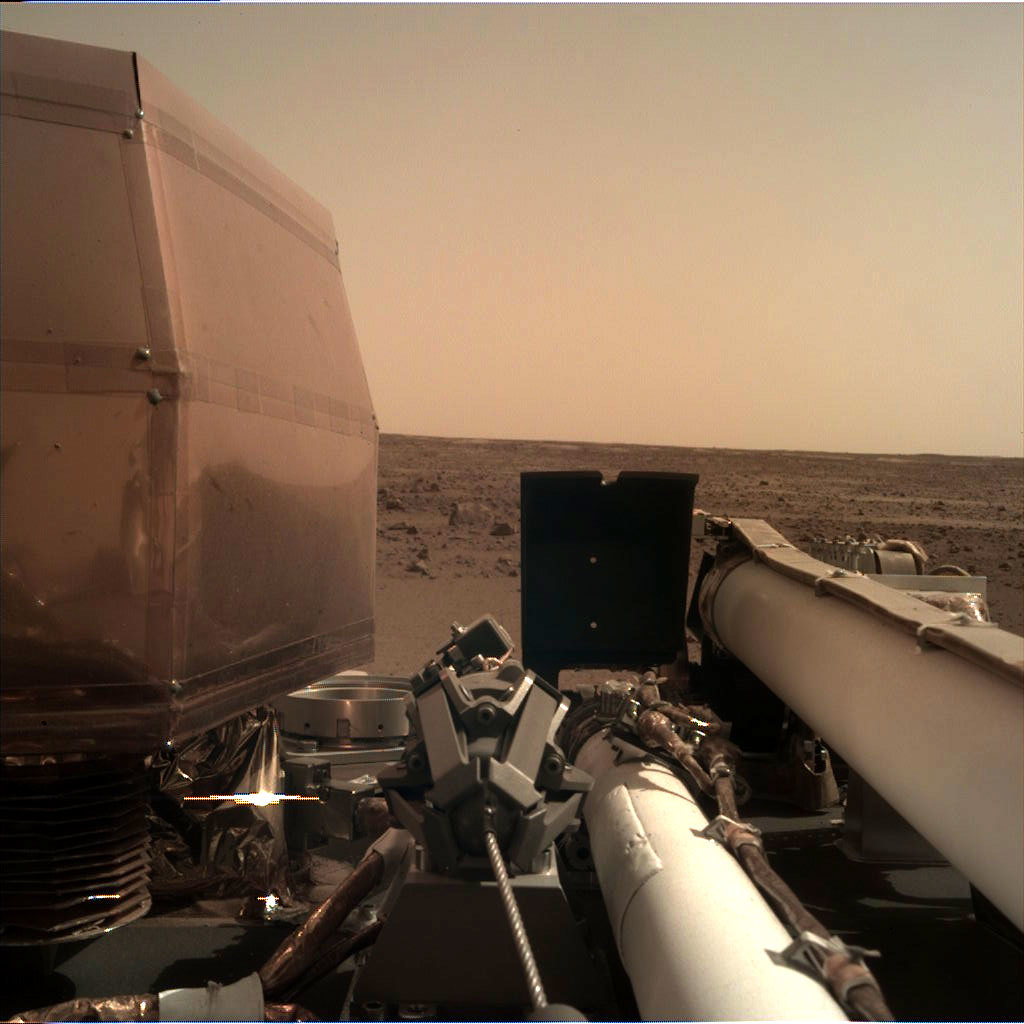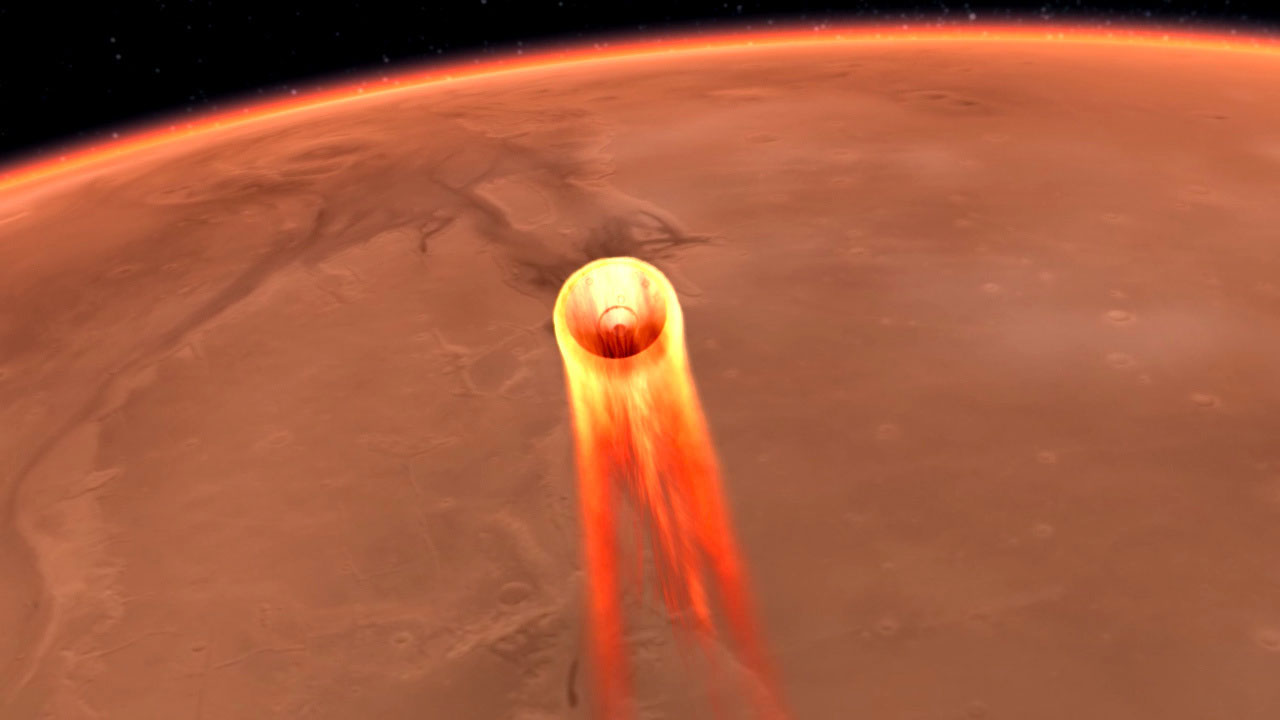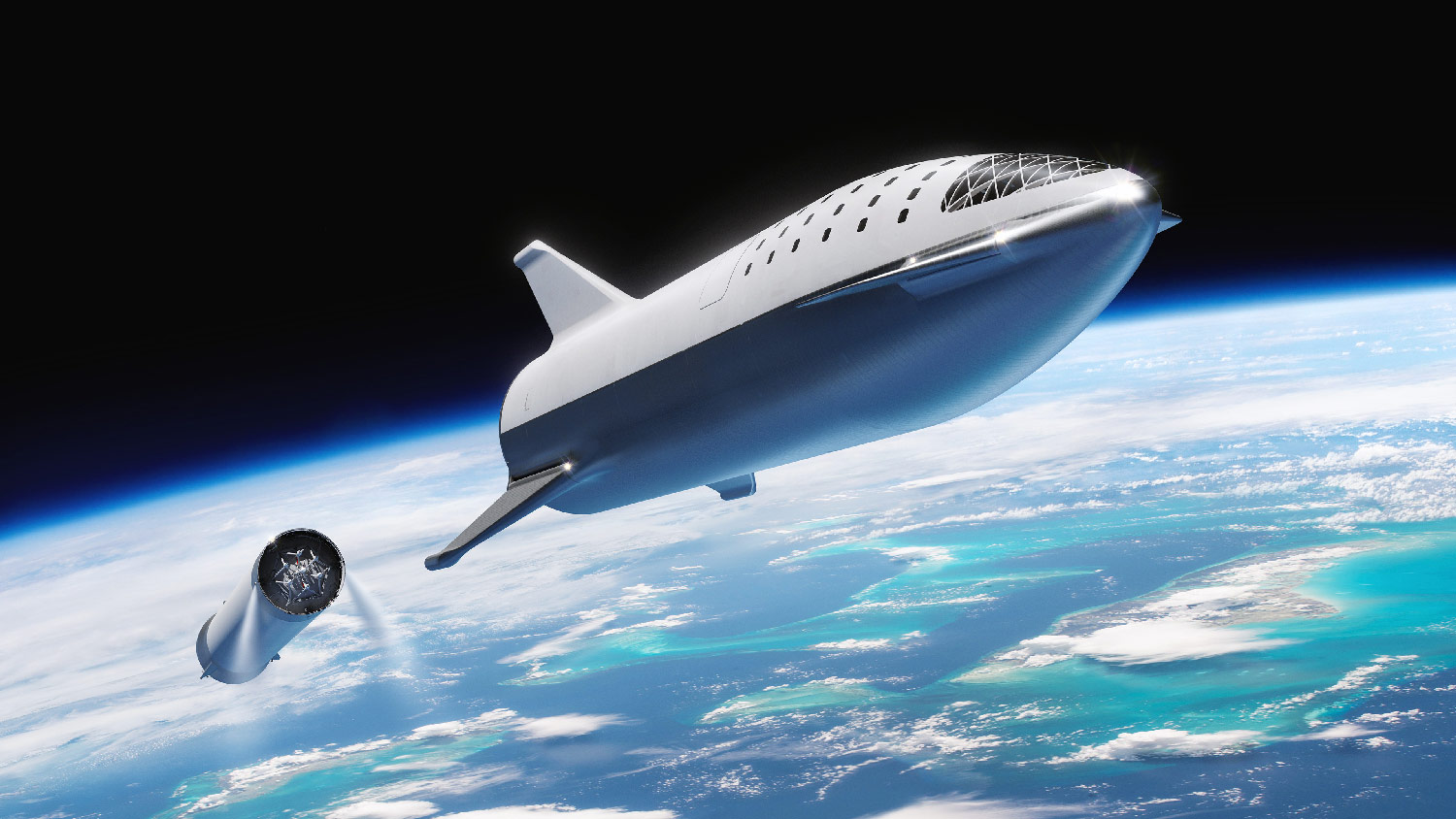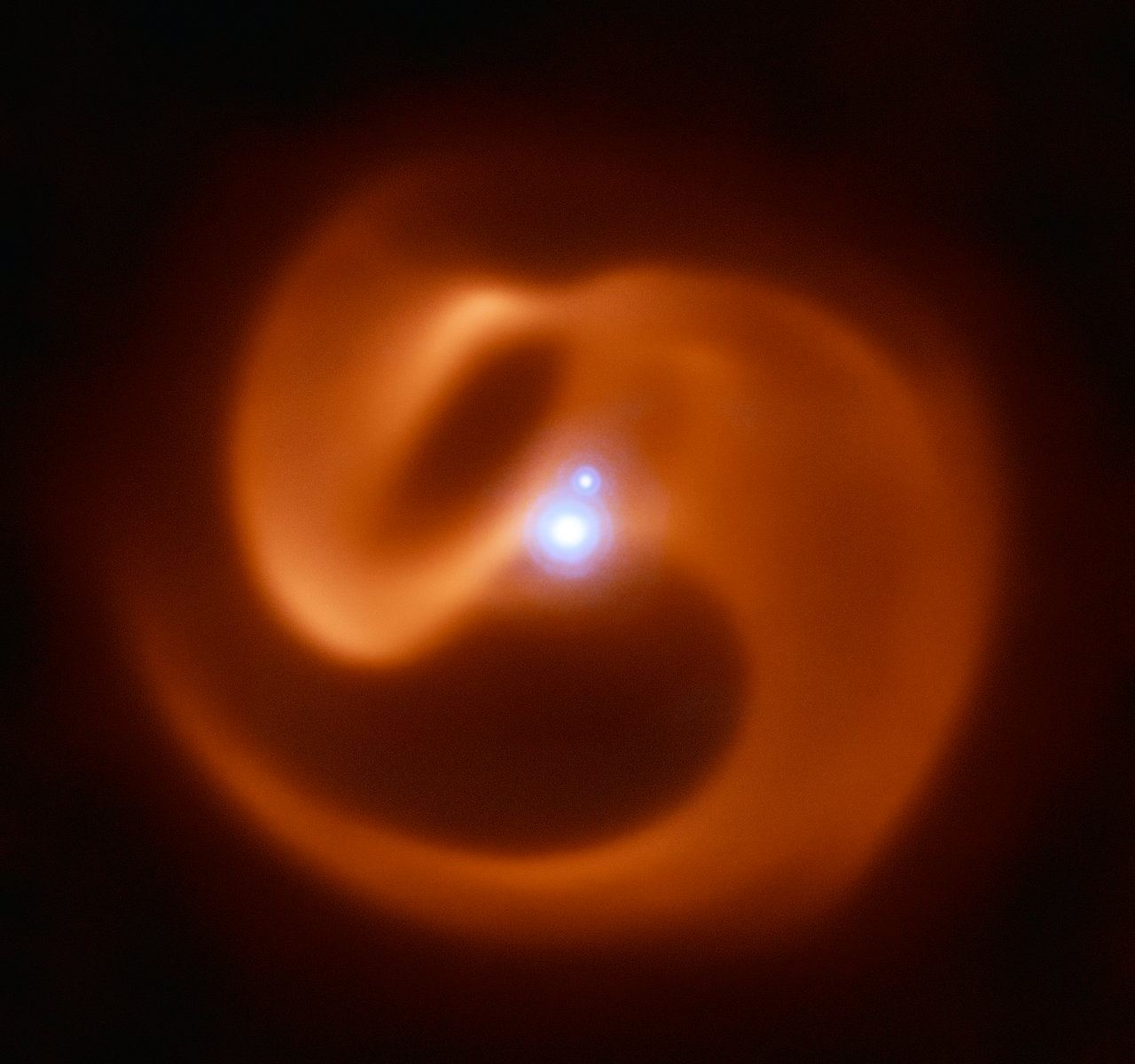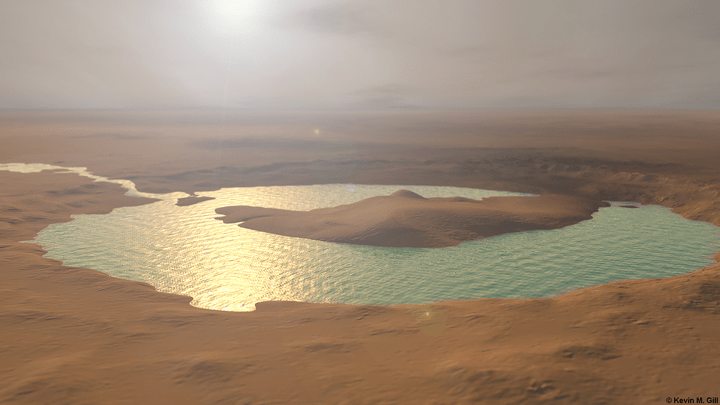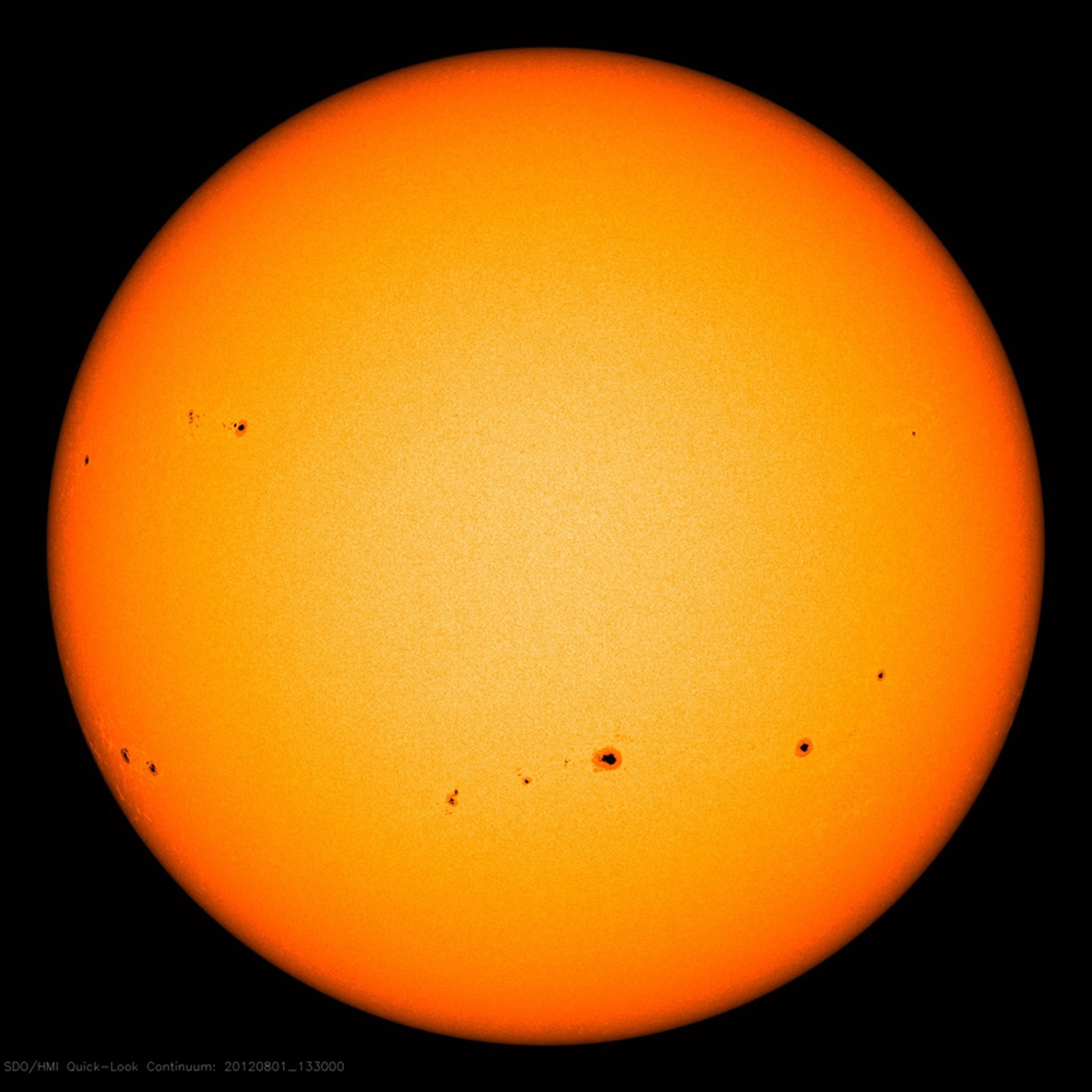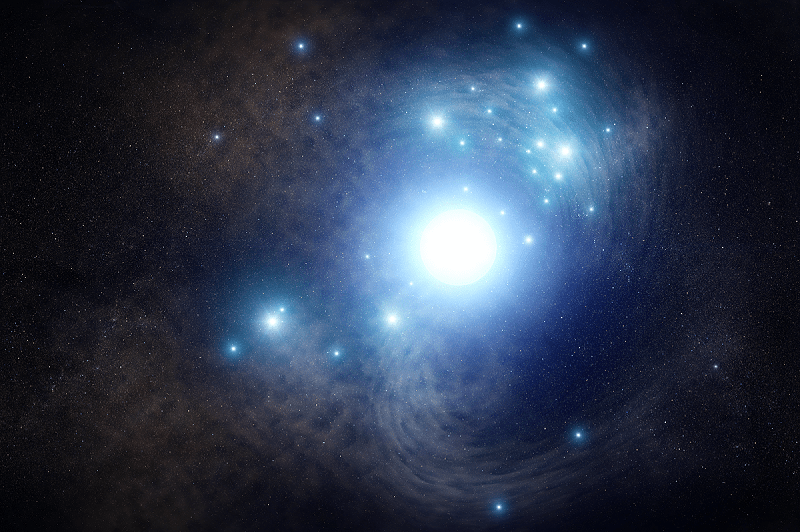On October 19th, 2017, the first interstellar object – named 1I/2017 U1 (aka. ‘Oumuamua) – to be observed in our Solar System was detected. In the months that followed, multiple follow-up observations were conducted to gather more data on its composition, shape, and possible origins. Rather than dispel the mystery surrounding the true nature of ‘Oumuamua – is a comet or an asteroid? – these efforts have only managed to deepen it.
In a recent study, Harvard Professor Abraham Loeb and Shmuel Bialy – a postdoctoral researcher from the Smithsonian Center for Astrophysics (CfA) – addressed this mystery by suggesting that ‘Oumuamua may be an extra-terrestrial solar sail. Building on this, Loeb and Amir Siraj (a Harvard undergraduate student) conducted a new study that indicated that hundreds of “‘Oumuamua-like” objects could be detectable in our Solar System.


